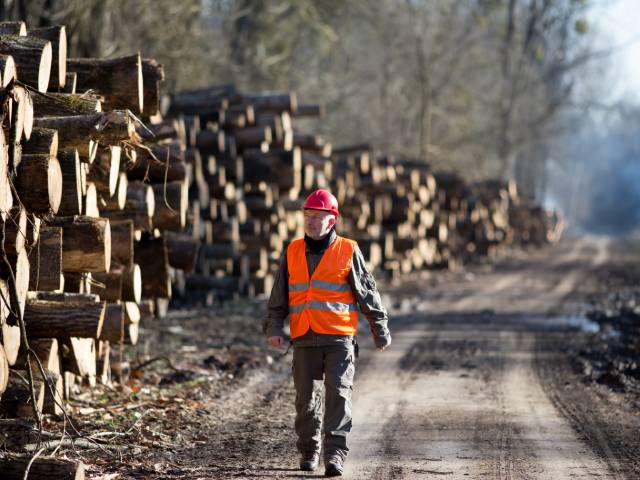
Beekeeping is a delicate craft that requires careful planning and execution. One of the most critical tasks beekeepers face is moving their hives. Bad things can happen if a beekeeper doesn’t learn the proper protocol for moving a hive. Avoid severe consequences by educating yourself on the threats beehives face when improperly moved.
Organization and arrangement in beehive transportation are crucial for protecting the colony. One thing you’ll learn as a budding apiarist is how beekeepers arrange and organize their hives. This knowledge is critical to keep the bee colonies healthy and not stressed. When positioned properly, bees can forage more, protect their hive, and have better climate control within the hive. When you disrupt the hive, even with good intentions, it poses significant risks to the hive’s health and productivity.
One of the most immediate threats is physical damage to the hive. Improper handling can cause cracks or disturbances in the hive, exposing the colony to predators and the elements. Damage hits hardest with a weakened colony that struggles to repair and maintain its home.
Bees rely on environmental cues for navigation. When you move a hive, the bees might become disoriented and stressed. This can cause a decline in the forager population because they cannot locate their new home. Over time, the colony’s ability to gather food diminishes, impacting its overall health and productivity.
Beehives have a microclimate that helps the bees stay healthy; this is especially important for the queen and larvae. Movement exposes the hive to temperature fluctuations, disrupting this balance. Extreme cold or heat can affect brood development and the survival rate of the bees.
A hive that is not secure during transportation might become an easy target for predators such as skunks, raccoons, and even bears. These animals can destroy a hive searching for honey, causing irreversible damage and loss to the colony.
When you move even one hive, the colony is at a heightened risk of diseases. Bees can carry pathogens from one area to another, infecting healthy colonies and leading to widespread issues within an apiary.
Understanding the threats beehives face when improperly moved is crucial for maintaining a healthy and productive hive. By organizing and arranging hives properly, beekeepers can ensure their bees thrive in a safe and stable environment. Stay aware of these risks, and you’ll become a better beekeeper!
24World Media does not take any responsibility of the information you see on this page. The content this page contains is from independent third-party content provider. If you have any concerns regarding the content, please free to write us here: contact@24worldmedia.com
Latest Posts

Why Stainless Steel Products Are Used in the Medical Field

How Industrial Facilities Can Reduce Energy Consumption

5 Mistakes That Supplement Companies Should Avoid

How To Extend the Life of Your Concrete Floors

4 Tips To Help Your Employees Be More Productive

The Threats Beehives Face When Improperly Moved

Building Up: The Daily Life of an Ironworker

Interesting Facts About Prefab Home Construction

Boat Battery Maintenance Tips and Tricks

Important Tips for Pursuing a Career in the Logging Industry

4 Mistakes To Avoid in Hazardous Materials Storage

The Benefits of Night Vision When Hunting